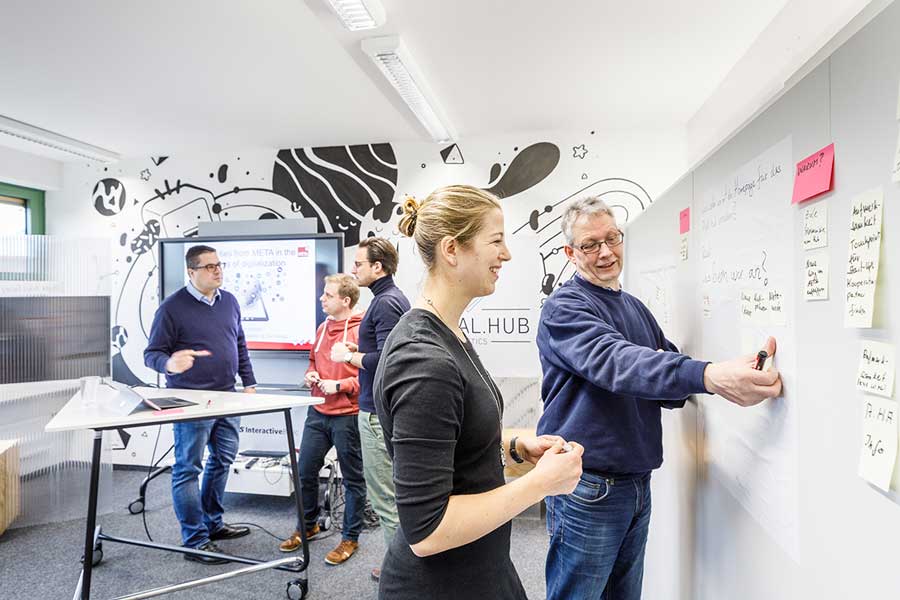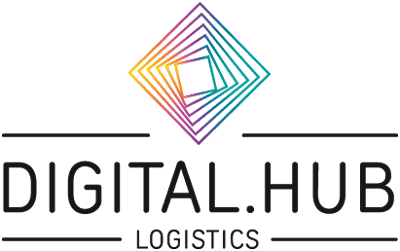
PROJECT MANAGEMENT
Agile or not: When which method is the right one
With rapid technological progress, innovation projects in companies have become increasingly complex. That’s why, in many cases, the path to the goal today can no longer be achieved with classic working methods, but rather through agile project management. What matters here is how to make the right decision.
According to the motto “We’ve always done it this way”, many companies stick to tried-and-tested project management methods even in the age of digitalization. But more and more often they are finding that they are too slow this way or even fail. Likewise, there are companies that try to apply new innovation methods to all projects – and likewise fail to achieve their goal. What is the reason for this? Quite simply, every project requires an individual approach. In principle, however, the degree of complexity of a task determines which working methods are used. The more complex the task, the more suitable agile project management methods are. In fact, many companies do not even realize in advance whether a project is to be classified as “simple” or “difficult”. But they must make this classification in order to select the implementation method that will lead to success.
Simple or complex? Here’s how to properly classify projects
When determining the degree of difficulty of a project and selecting project management methods, the so-called Stacey Matrix developed by the British professor of management Ralph Douglas Stacey provides important assistance.
- According to this matrix, simple projects are characterized by the fact that both the requirements and the way to fulfill them are clear. When carrying out a simple project, companies can therefore rely on proven routines and classic project management methods.
- Even with complicated projects, a large part of the procedure and also the required technology are predefined. Classic examples of complicated projects include production lines in the automotive industry.
- Complex projects – e.g. software solutions – on the other hand, whose “what?” and “how?” are not obvious, require agile methods. This is the only way a company can react very flexibly to changes.
Small steps to great success
There are still many reservations about agile methods, especially in established companies. However, agile methods should not be confused with a haphazard approach. Due to the small-step approach with frequent customer feedback, agile methods are extremely precise – just in very short steps. In this way, a company remains flexible in new projects and does not run in the wrong direction for too long.
By the way, many startups inevitably use agile methods for complex projects because the company’s development speed is very much tied to customer feedback. These methods put them in a position to try out as many ideas as possible in as short a time as possible. In this way, they come closer to the specified goal or their vision step by step – sometimes in a roundabout way.
When deciding for or against an agile approach, it can be useful to get outside support. As part of the Start-in Factory, the innovation coaches of the Digital Hub Logistics advise companies or their start-ins on when user-centric innovation methods or agile project management make sense and select suitable innovation modules to enable the companies to use these methods. These include design thinking, lean start-up – for example, the concept of the Minimal Viable Product (MVP) – and lean innovation or Scrum. Experts from the hub, as well as external service providers if required, provide companies with a comprehensive introduction to the topic. The innovation coach also ensures that the methods are applied consistently and correctly during the innovation process. This pays off: Studies show that agile companies more often have above-average margins and grow faster than average.
The example of Start-in BG.evolution illustrates very well how agile methods can be used to achieve rapid implementation success in medium-sized companies: The start-in relies in particular on Minimal Viable Products – a term from Silicon Valley. Here, the product is developed step by step and again on the basis of feedback from customers.





